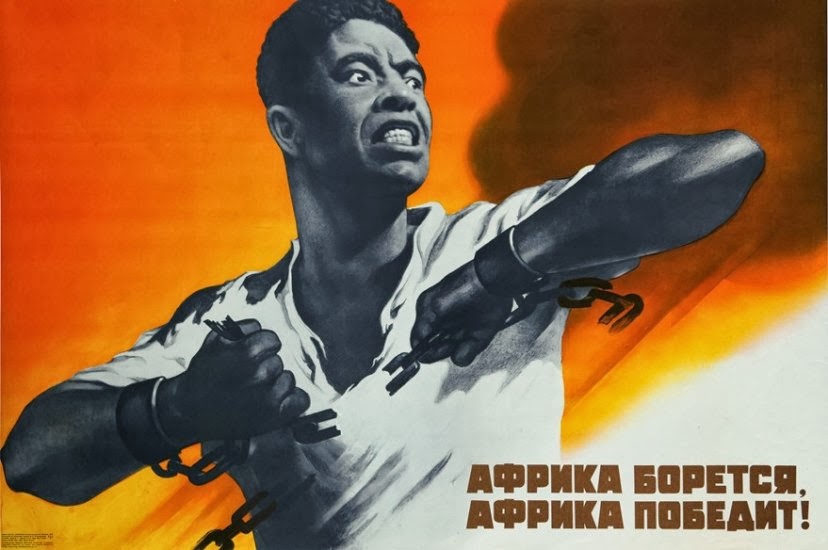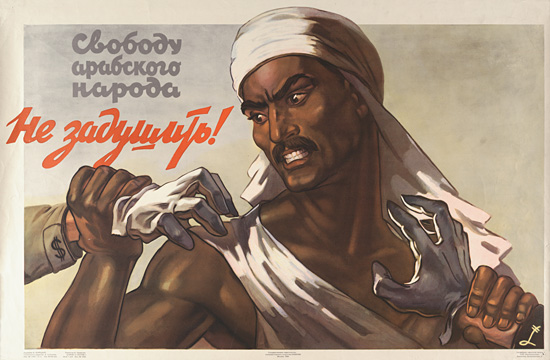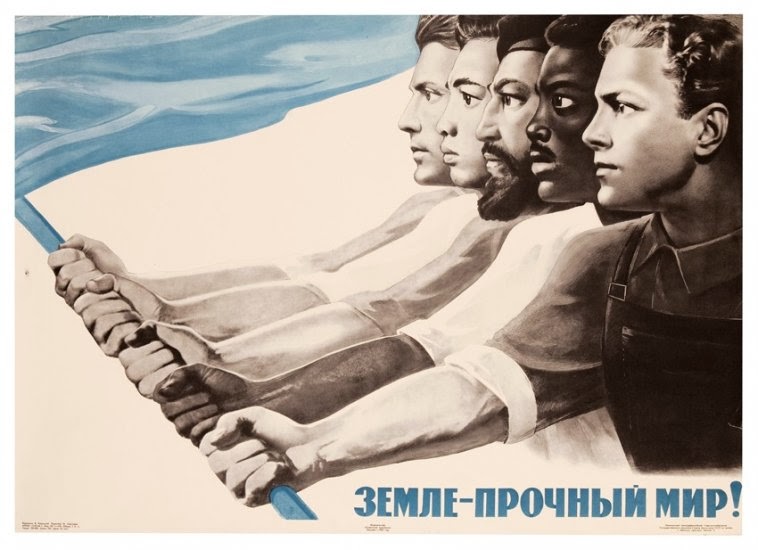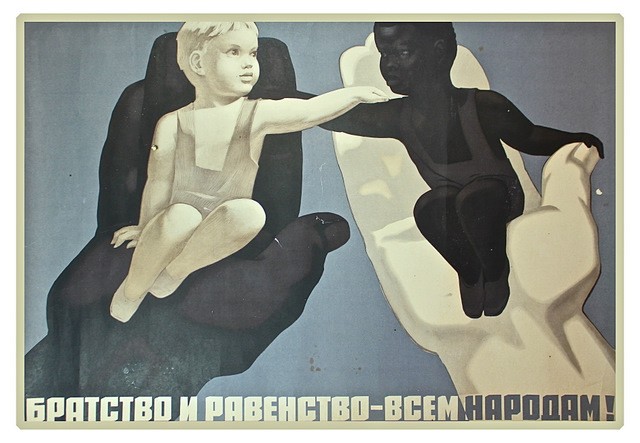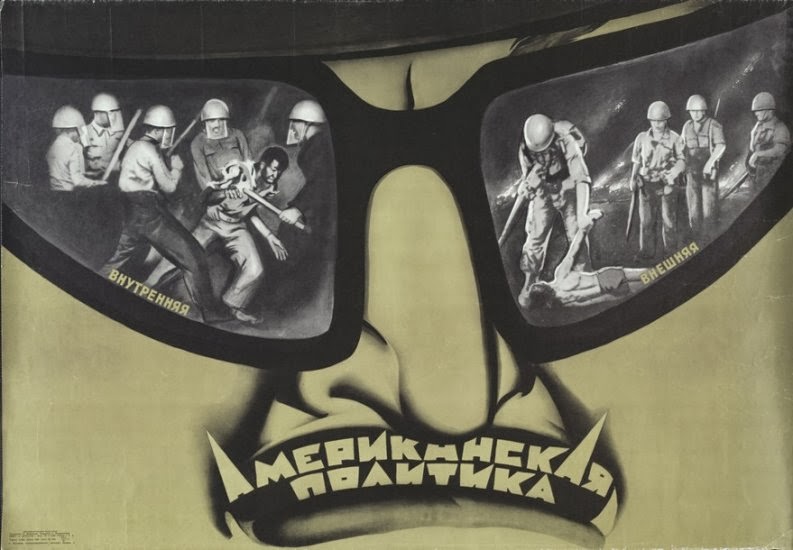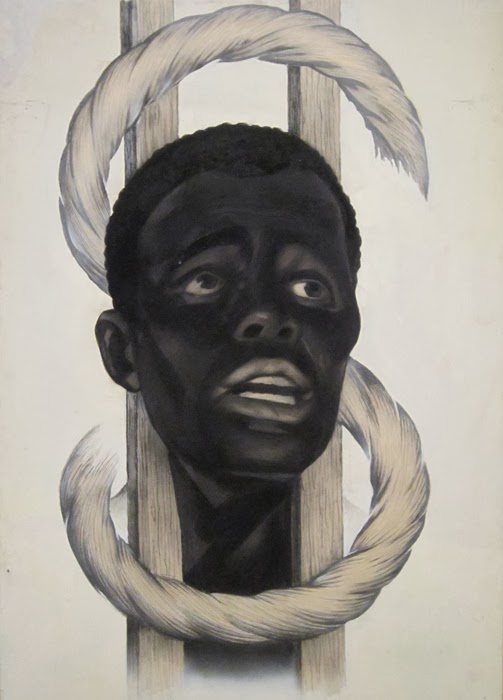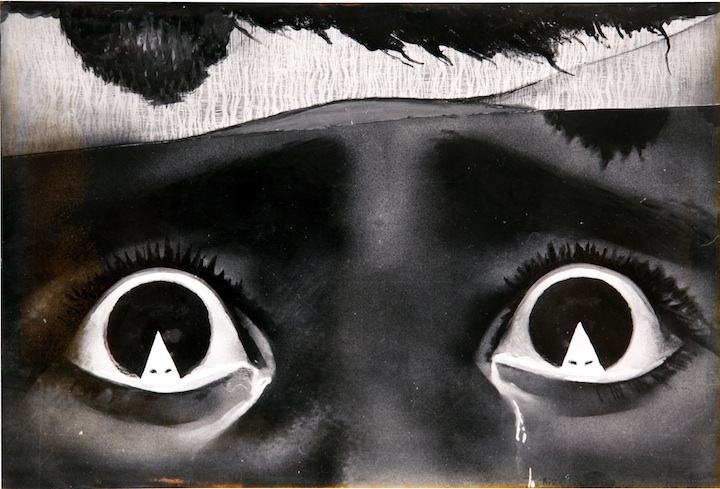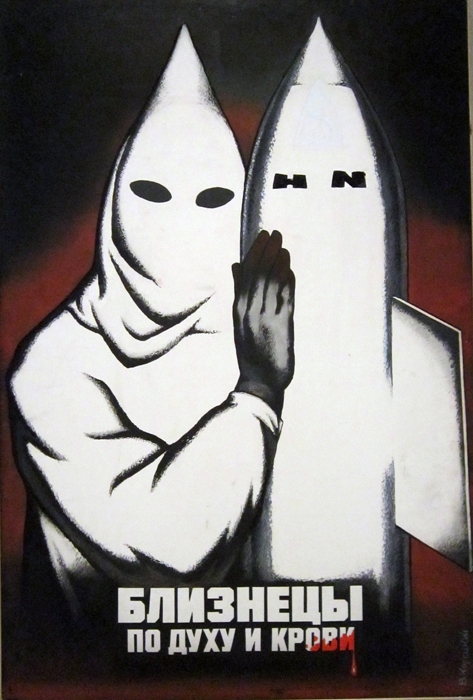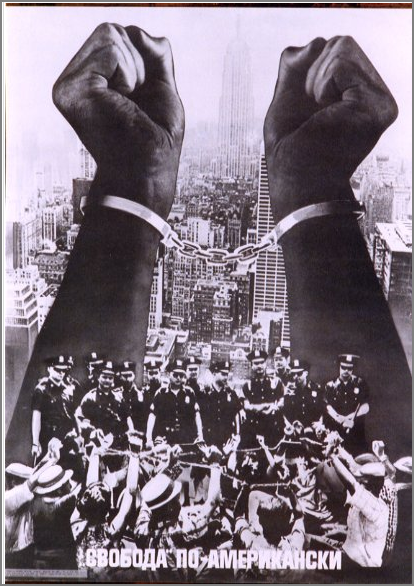Ota Benga, Race and Human Zoos
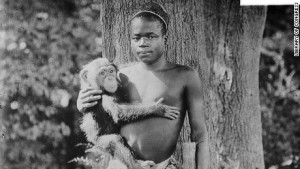 I recently read Pamela Newkirk’s latest book, Spectacle: The Astonishing Life of Ota Benga, which chronicles the story of the young Congolese man who was (captured and?) brought to the United States over a century ago to be “exhibited” at the St. Louis World’s Fair and then in an even more controversial “exhibit” in the monkey house at the Bronx Zoo with an orangutan. The book is so fascinating because it seems SO insane and unreal that a human being would be put on display like… an animal in a zoo.
I recently read Pamela Newkirk’s latest book, Spectacle: The Astonishing Life of Ota Benga, which chronicles the story of the young Congolese man who was (captured and?) brought to the United States over a century ago to be “exhibited” at the St. Louis World’s Fair and then in an even more controversial “exhibit” in the monkey house at the Bronx Zoo with an orangutan. The book is so fascinating because it seems SO insane and unreal that a human being would be put on display like… an animal in a zoo.
Benga was brought to America by wannabe explorer and literally insane person Samuel Verner, who originally came to the Congo as a missionary, but then evolved into an opportunist who exploited Benga. What’s even crazier is the fact that almost all the actual scientists, anthropologists and ethnographers mentioned in the book who have college degrees in their fields allowed their own racial bias over actual science to support the madness that happened to Benga.
It was quite common at the time to display people mostly from “less civilized” countries in human zoos or “ethnological exhibits” to showcase the “hierarchy of races,” with white people at the top and everyone else following below. Racial biases at the time correlated with evolution theory, which is better known as scientific racism.
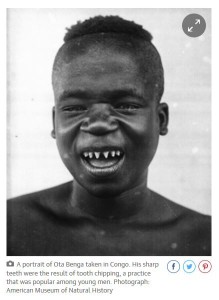 Human zoos were most popular from the late 19th century and up until the beginning of World War II throughout Europe, especially in Germany, and in the United States. These displays were also the only way for most people to “experience” other cultures, as commercial travel by sea was limited to the wealthy few. At the 1904 St. Louis World’s Fair, Ota Benga and other Congolese pygmies were put on display in a “native village”. Benga was the highlight of his “village” because of his sharpened teeth. Verner started the rumor that Benga’s teeth looked that way because he was a cannibal. However, according to Newkirk’s book, other anthropologists of that era had documented that Benga’s teeth were pointy because it was culturally acceptable and actually considered attractive within his tribe.
Human zoos were most popular from the late 19th century and up until the beginning of World War II throughout Europe, especially in Germany, and in the United States. These displays were also the only way for most people to “experience” other cultures, as commercial travel by sea was limited to the wealthy few. At the 1904 St. Louis World’s Fair, Ota Benga and other Congolese pygmies were put on display in a “native village”. Benga was the highlight of his “village” because of his sharpened teeth. Verner started the rumor that Benga’s teeth looked that way because he was a cannibal. However, according to Newkirk’s book, other anthropologists of that era had documented that Benga’s teeth were pointy because it was culturally acceptable and actually considered attractive within his tribe.
There were other native villages representing other ethnic groups. The United States had recently acquired Guam, Puerto Rico and the Philippines as territories, so natives from those faraway places were brought to the fair to be displayed, along with members from the Alaskan Tlingit and Apache tribes, including Apache chief Geronimo. Coincidentally and in a weird twist, an “intelligent” horse called Beautiful Jim Key that could allegedly read and write was also on display.
Okay…
Following the fair, some of the exhibited people didn’t go back to their countries of origin. Some of them died because of exposure to climate or illness. Anticipating these deaths, some American scientists took the corpses for “further examination” – you know, science.
Benga went back to the Congo briefly with Verner after the fair, but came back (recaptured?) to the United States in September 1906 to be displayed at the Bronx Zoo.
According to scientific racism, blacks were usually right above apes, which was most likely why Benga was put into the monkey house. The exhibit became an instant hit. Thousands of New Yorkers came to see Benga in his cage. Sometimes he was allowed to roam the zoo on his own, but then he was chased, heckled and physically taunted by spectators.
Of course there was outrage from the local black community, especially from black clergymen like Rev. James H. Gordon.
“Our race, we think, is depressed enough, without exhibiting one of us with the apes,” Gordon said. “We think we are worthy of being considered human beings, with souls.”
The mounting protest forced the zoo to take Benga out of the exhibit, and place him under Gordon’s custody. But by then, the damage was already done. Benga lived in Gordon’s orphanage for a while, and then moved to Virginia to get formal training and work in a factory. His mood went downhill soon after in what we consider today as post-traumatic stress disorder. Around this time commercial ship travel ended abruptly due to the onset of World War I, making it impossible for Benga to move back to the Congo. At the age of 32 and alone without any family and few friends, Benga committed suicide. At no time in Benga’s short life, except while living in Congo, was he ever free either mentally or physically.
While this all happened a century ago and human zoos in theory are a thing of the past, this doesn’t mean that certain racial stereotypes and perceptions from that era don’t exist today. In today’s society black males are still treated like animals that should be caged or killed.
The high number of unarmed black males who are shot dead in American streets like wild animals in the jungle by the police these days should be noted. This “shoot first, ask questions later” is a form of scientific racism that is translated differently in 2015.
There was more outrage for the killing of Cecil (Rhodes) the Lion than there has been for the recent rash of police brutality. Of course, protection of endangered animals is important, but it shows how little black lives matter today. Heck, if you want to be outraged about something bad happening in Zimbabwe, why not call out the human rights abuses against black Zimbabweans by the Mugabe regime? People are literally starving to death there because Robert Mugabe has politicized food. I would be remiss to not say that black lives also matter if the perpetrator is black. whether it’s in Zimbabwe, the United States or anywhere else. Black-on-black violence is also a serious problem.
But getting back to my point, the United States has the highest incarceration rate in the world, and blacks and Hispanics make up nearly 60 percent of the total prison population. Blacks are also more likely than whites to be arrested for non-violent drug offenses. There are more black males in jail or have had some type of interaction with the criminal justice system today than were enslaved at the height of slavery.
A new study from the New York City Department of Health and Mental Hygiene shows that imprisoned black and Hispanic males are more likely to be put into solitary confinement and treated poorly than their white counterparts.
 Then there was Kalief Browder, a young man who spent two years in solitary confinement at Rikers Island without ever standing trial or found guilty of any crime. He was accused of stealing a bag. Browder was released from jail, and he was putting his life back on track by going back to school. But, like Benga, he was never able to recover from his prison experience and committed suicide earlier this summer.
Then there was Kalief Browder, a young man who spent two years in solitary confinement at Rikers Island without ever standing trial or found guilty of any crime. He was accused of stealing a bag. Browder was released from jail, and he was putting his life back on track by going back to school. But, like Benga, he was never able to recover from his prison experience and committed suicide earlier this summer.
Prison is the new mental illness and human zoo.
